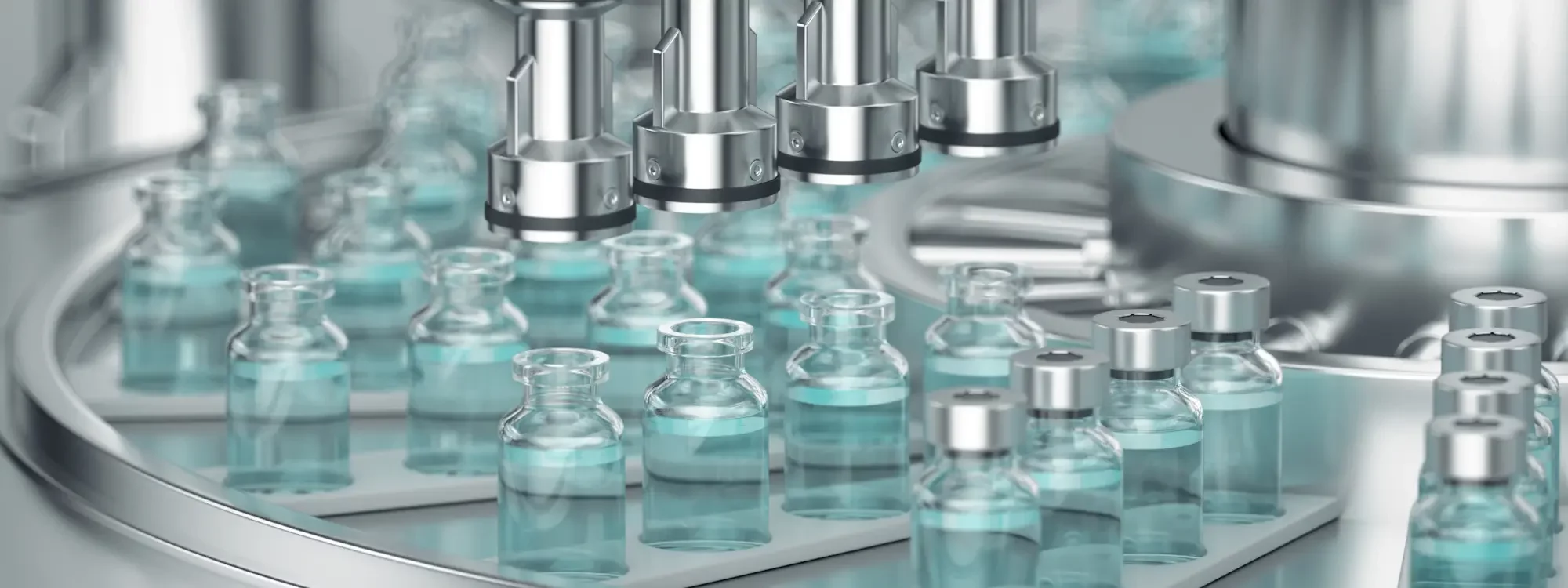Pharmaceutical manufacturing is the process of the extraction, purification, and packaging of medicinal and chemical materials for human and animal medications. The process of drug manufacturing can be broken down into a series of unit operations, such as milling, granulation, coating, tablet pressing, and others.
Milling is often required in order to reduce the average particle size in a drug powder. Granulation is when small particles are bound together to form larger particles to improve tablet compaction. Tablet pressing happens when powder is compressed into tablets of uniform size and weight.
Pharmaceutical manufacturing is essential to global health care systems. Through scientific research and drug development, disease and disorder prevention treatments can be discovered and manufactured. As a result, pharmaceutical manufacturing equipment must comply with Good Manufacturing Practices.
Within the pharmaceutical manufacturing industry there are many workers’ health and safety hazards. They include moving machine parts, pressurized equipment and pipes, and the heavy manual handling of materials and equipment. More potential risks are steam, hot liquids, heated surfaces, and hot workplace environments. Confined spaces, hazardous energy sources, and high noise levels can all be dangerous, as well as flammable materials and biologic health hazards.
Exposure to hazardous chemicals during operations may result in chronic health risks for workers. Chemicals with severe health effects can damage the eyes and skin, be corrosive or irritating to body tissues or cause suffocation or oxygen deficiency. Chemicals with chronic health effects can cause cancer or damage the liver, kidneys, lungs, or other organ systems if mishandled. Ensuring sterility of the product often involves exposure to ultraviolet radiation. Workers can be exposed to more than one drug at a time and the effects of multiple exposures are not known.

Cleanrooms must have both environmental controls and administrative controls, which includes the mandated use of PPE to minimize risk of product and personnel contamination from processing and throughout the handling chain until final packaging.
The fabric and its ability to contain contaminants begins the discussion in how a garment should be designed. Secure closure at the ankle and wrists allows prevention of worker exposure potentially risking the cleanroom environment. Design features like low-linting fabric and no raw edges, assist in promoting the filtration efficiency and garment integrity.
As employees don sterile garments, it is important to design PPE that ensures protection against particle shedding. Cleanroom protective garments should be breathable, comfortable, and minimize the risks of personnel and product.